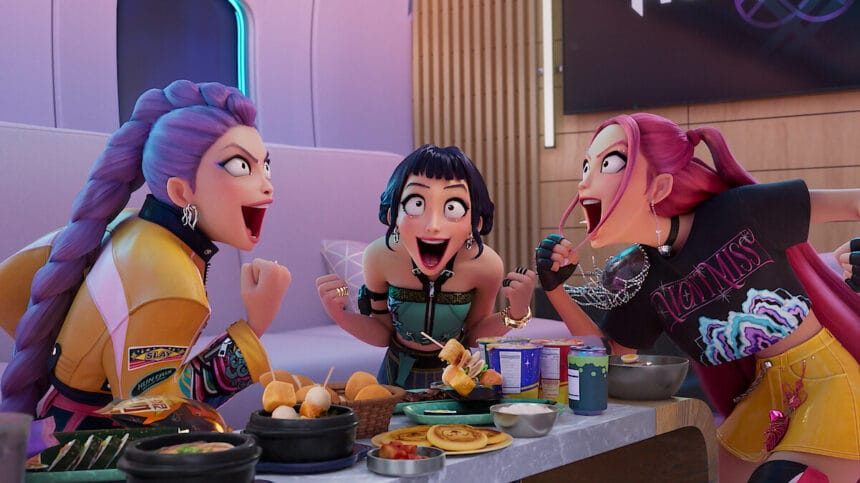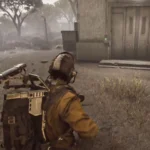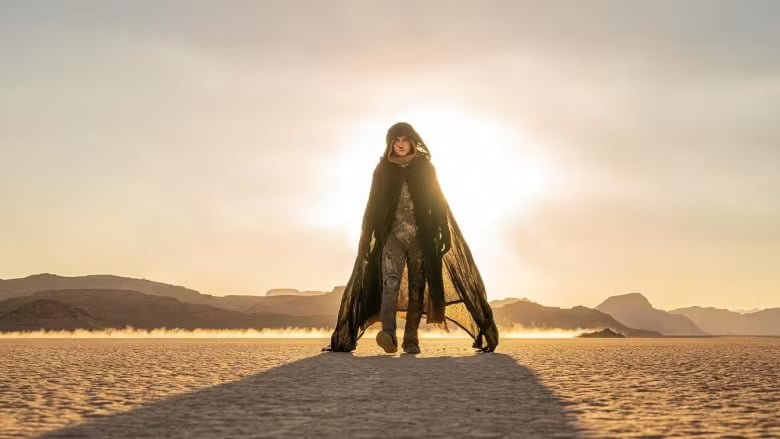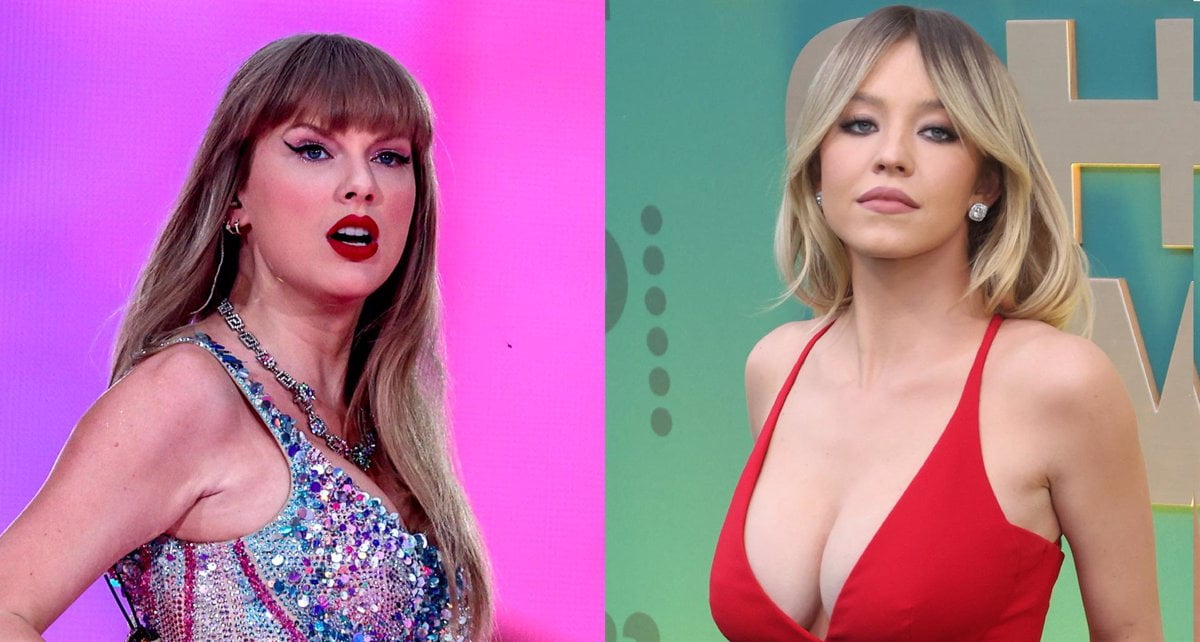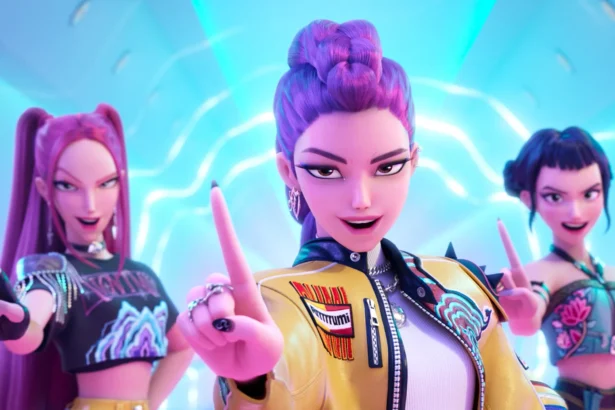Maggie Kang and Chris Appelhans, the co-directors behind the global sensation KPop Demon Hunters, began their “European tour” this past weekend with a special presentation at Kilkenny Animated. The pair will appear at several other festivals and conferences in the coming weeks, sharing an in-depth look at how the film evolved from concept to cultural phenomenon.
Even before their session began, the movie’s cultural impact was visible throughout Kilkenny. On the walk to the venue, two young girls were spotted sporting “Rumi hair” — a clear nod to the film’s lead character. Nearby, a local kids’ salon had spontaneously added KPop Demon Hunters-themed makeovers to its offerings, responding to high demand from young fans despite the limited availability of official merchandise.
Inside the packed session, Kang and Appelhans unpacked the layers that gave the movie its resonance — from representing Korean culture on a global stage to redefining the female superhero, weaving music into narrative structure, and creating a visual identity that drew from K-Pop aesthetics, concert staging, and fashion photography.
The directors credited Sony Pictures Animation and Imageworks for embracing the challenge and pushing the limits of CG animation to realize their creative vision. As Kang joked, “We pitched a story about kick-ass K-Pop superheroes who conquer their fears — and somehow ended up making a movie about shame, healing, and generational trauma that’s deeply Korean at its core.”
Despite its bright, candy-colored surface, KPop Demon Hunters struck a lasting chord because of its emotional truth.
One of the film’s strongest connections with audiences comes from its characters — women who are heroic without losing their humanity. “We have Gamora and Black Widow — they’re cool and badass — but we rarely see their vulnerabilities,” said Kang. “KPop Demon Hunters is about women confronting their inner demons while battling the literal ones.”
Bringing Korea to the Screen
For Kang, authenticity was crucial. After finishing the first draft of the script, the directors took their team on a two-week research trip to South Korea. Working with local scouts, they explored Seoul’s architecture, neighbourhoods, and daily rhythms to ground the movie in real spaces that reflected its characters’ personalities. On Jeju Island, they studied traditional Dokkaebi demon statues and traditional weapons, which later inspired the film’s action design.
Food also played a vital role. “We wanted to show women who eat — who bond over meals and friendship,” Kang said. Every small detail, from chopstick placement to the layout of banchan, was guided by Korean artists determined to make every frame feel authentic.
Music as the Movie’s Pulse
If the trip anchored the story in place, the music gave it life. Kang’s original concept of Korean demonology fused with K-Pop energy, creating a blend of cultural specificity and universal emotion. The directors collaborated with top Korean songwriters to craft original songs that advanced both plot and character.
The standout track, “Golden,” became the movie’s most complex sequence — revealing backstories, heightening the central conflict, and delivering a show-stopping hit. Singer-songwriter Ejae, who eventually became the singing voice of Rumi, cracked the song after months of experimentation.
As the event wrapped up, Kang reflected on the personal doubts that initially haunted her. “I kept asking myself if I was ‘Korean enough’ to make this film,” she admitted. “But I realized authenticity isn’t about being perfect — it’s about being honest. Everyone’s connection to their culture is different. You have to make the movie for yourself first.”
When the talk ended, the line for autographs stretched down the hall. Kang and Appelhans stayed for over an hour, chatting with fans and posing for photos. Several children even broke into spontaneous dance routines in front of them — a moment that perfectly captured the spirit of the movie.
The girl with Rumi hair wasn’t an exception; she was a sign of what happens when authenticity, artistry, and emotional truth align. What began as a passion project has grown into a movement — one built on connection, culture, and heart.

